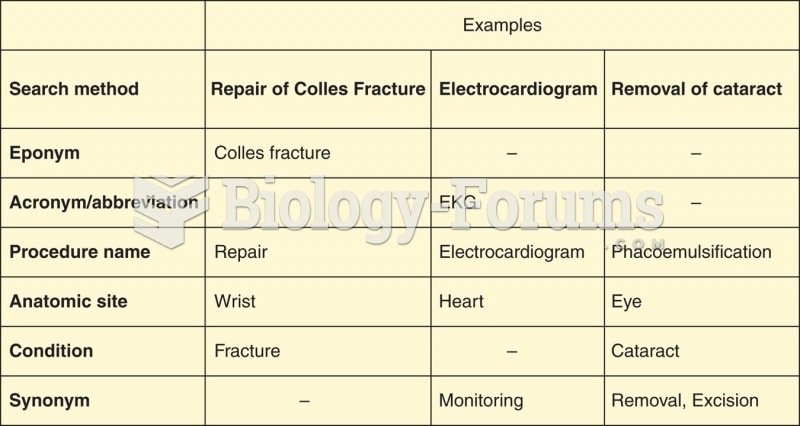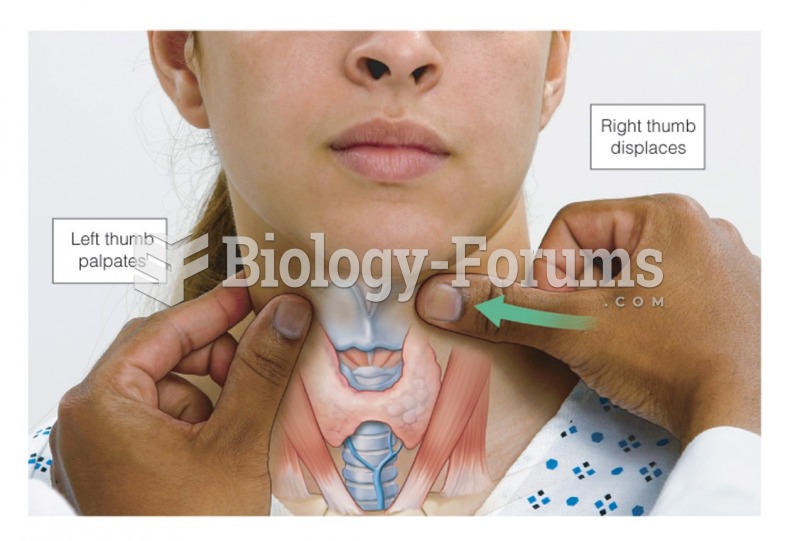Answer to Question 1
Alternative dispute resolution (ADR) is an alternative to litigation for resolving disputes. ADR strategies generally include mediation, arbitration, or some combination of the two.
Mediation is a confidential and nonbinding structured process. It is generally facilitated by an independent third party (for example, a retired judge), who facilitates the exchange of positions and encourages the identification of common ground. A successful mediation results in a mutually satisfactory resolution. Compared to litigation and arbitration, mediation is generally less expensive and time-consuming.
Arbitration is a binding process, where both sides present evidence and argue their respective positions to an arbitration panel, which usually includes at least one lawyer. This forum is considerably less formal than a trial and is generally focused on fact finding.
Answer to Question 2
Body language is what a person is saying-without actually saying a word. It involves communicating with the movement or position of the human body, both consciously and unconsciously. Roughly 55 of all communication is done through body language, 35 through voice tone, and only 10 through the content of words.7 Thus, the importance of understanding body language cannot be overemphasized. The following cautions are to be kept in mind:
Because body language varies among cultures (there is no universal body language), cultural context is a critical consideration.
Evaluating body language requires some baseline for comparison: Abnormal behavior cannot be identified until normal behavior is established. Thus, it is necessary for an interviewer to norm the body language of the interviewee before making assessments.
Body language is a two-way form of communication. In other words, the interviewee is also reading the interviewer's body language.







